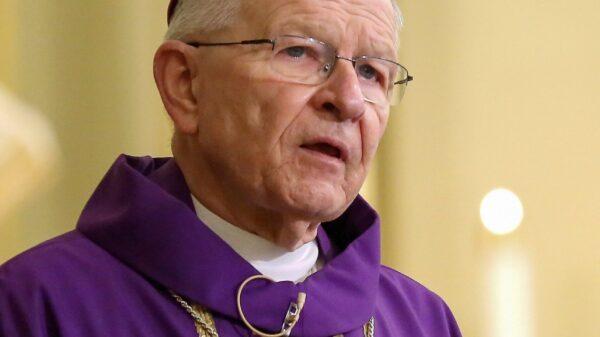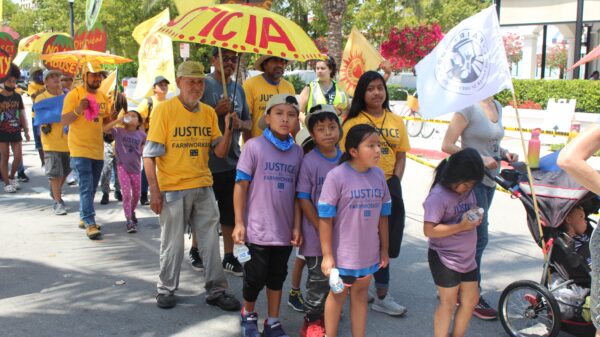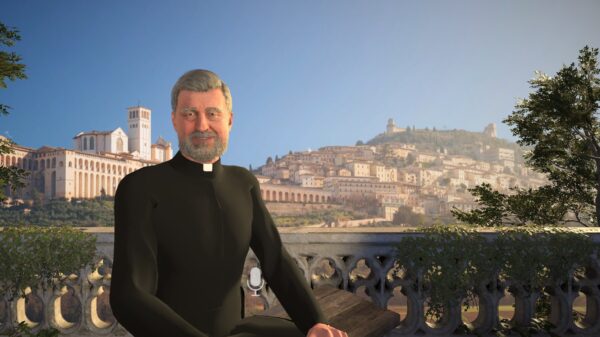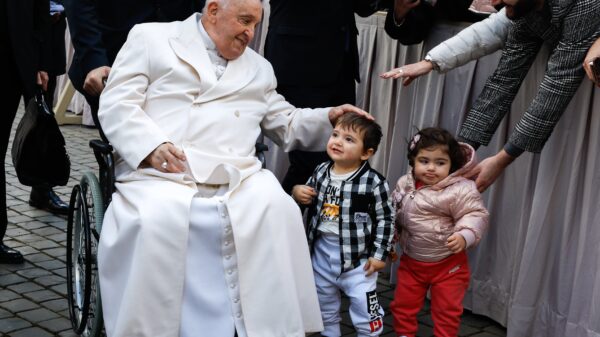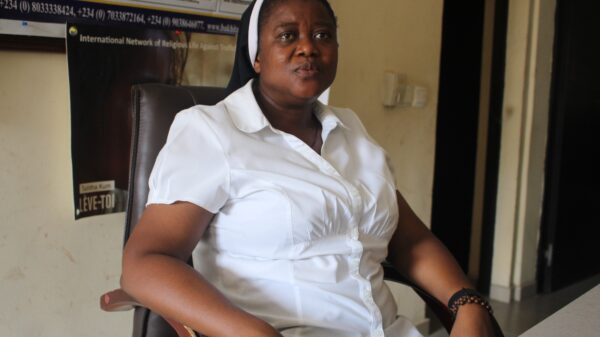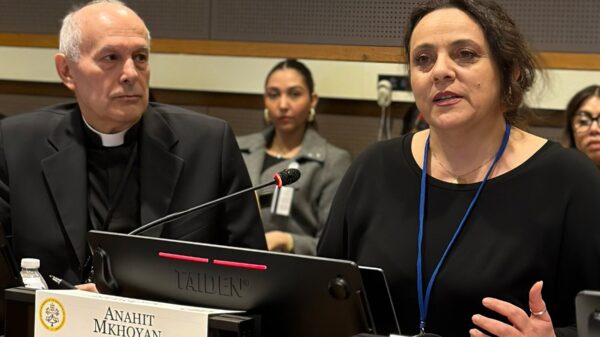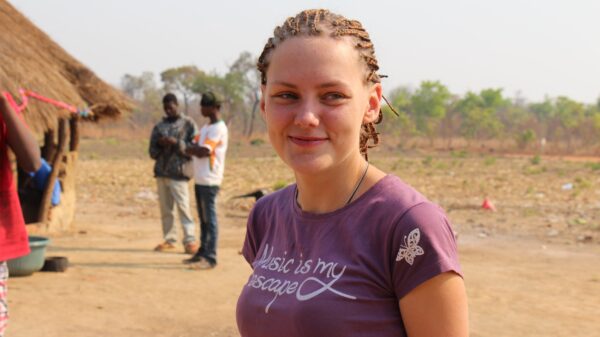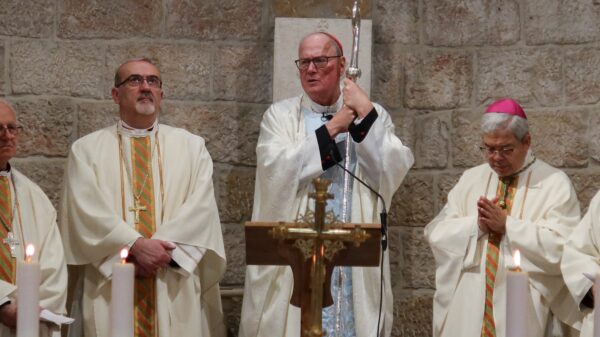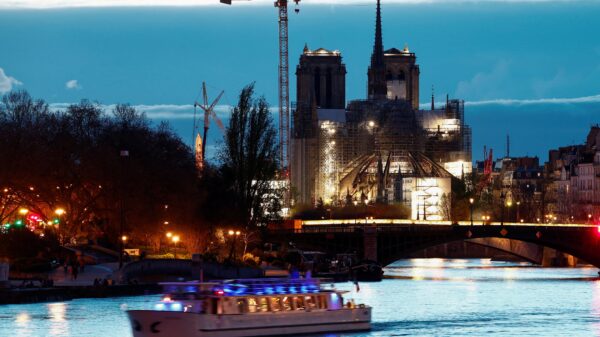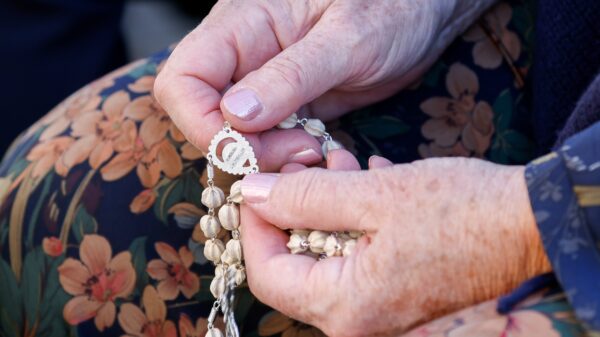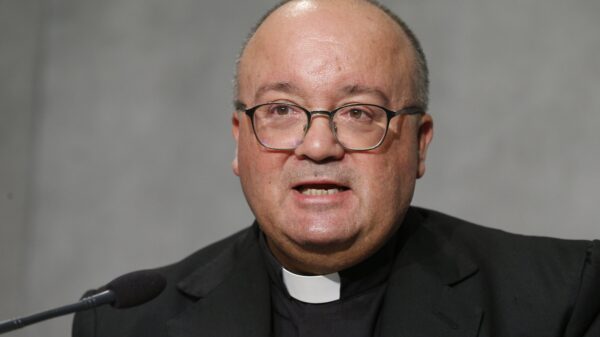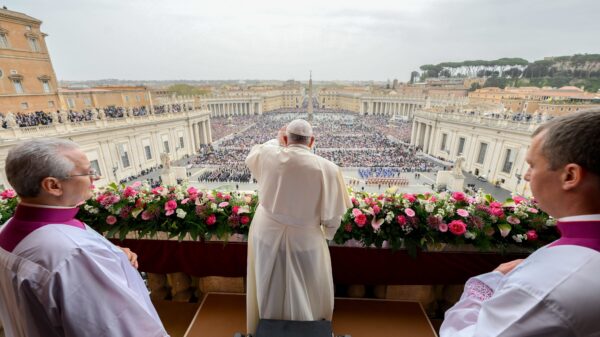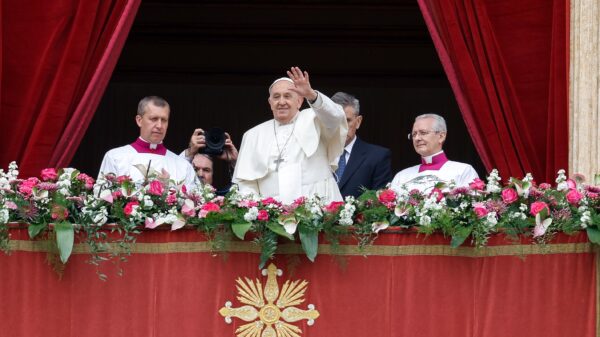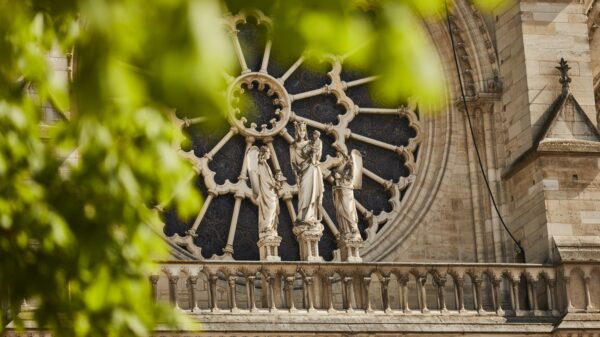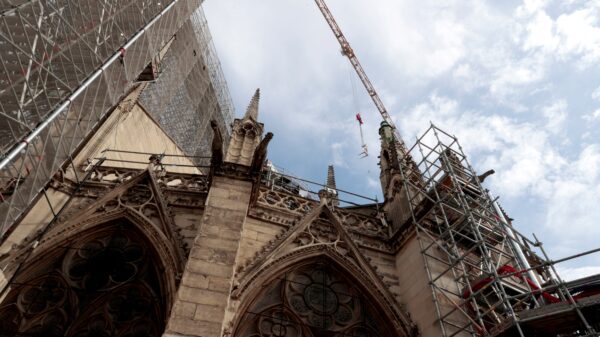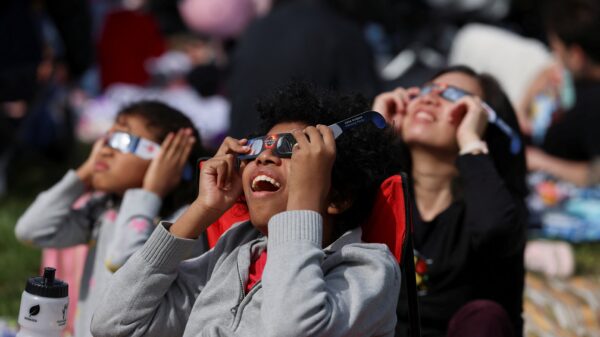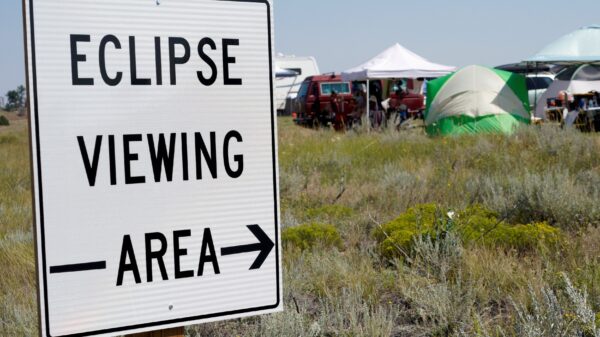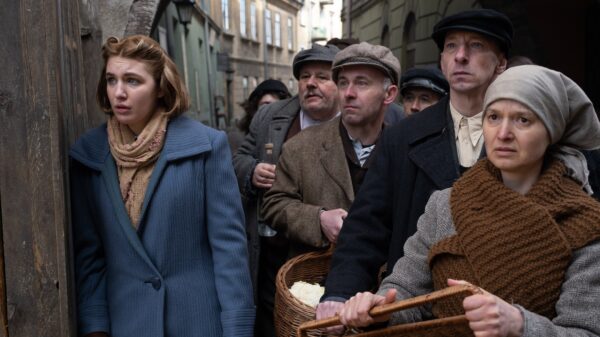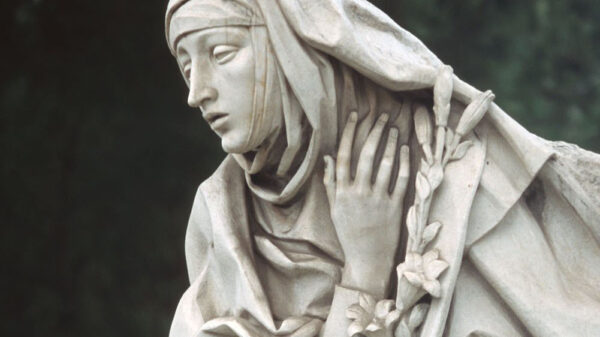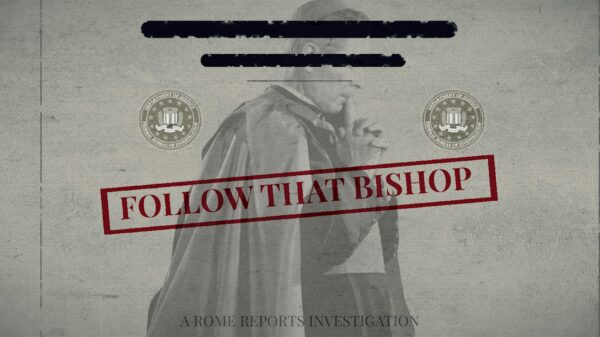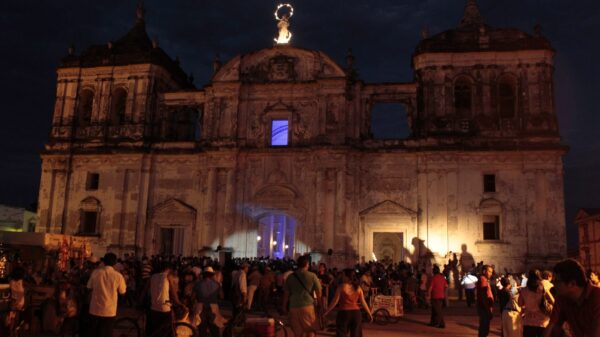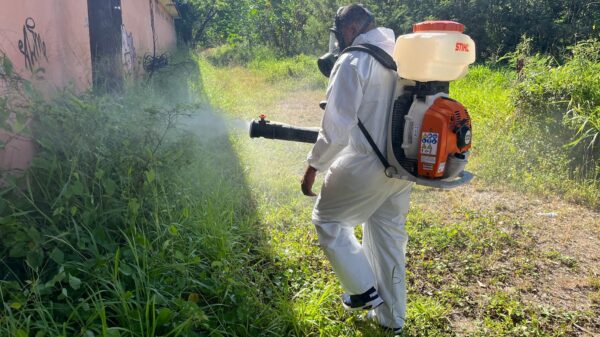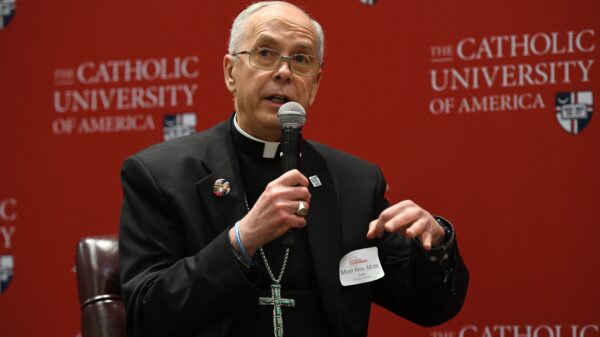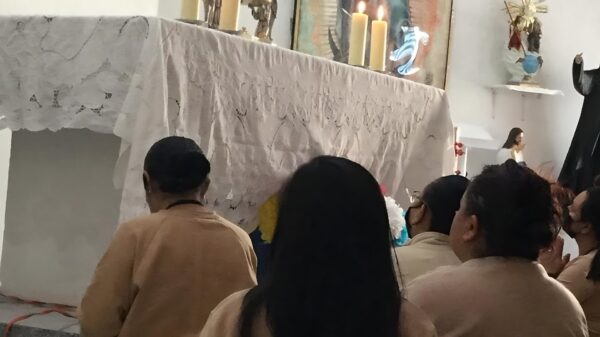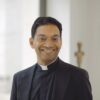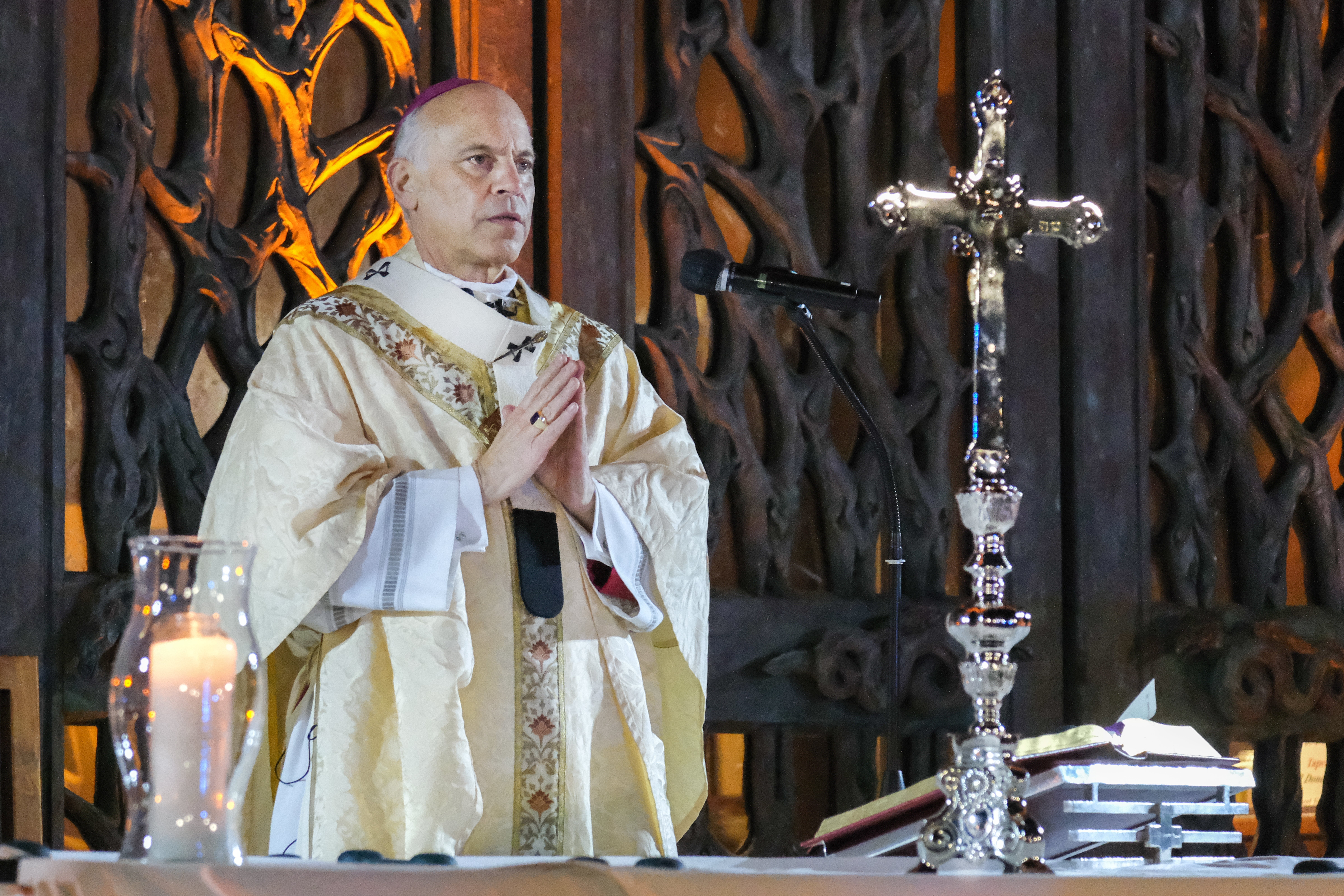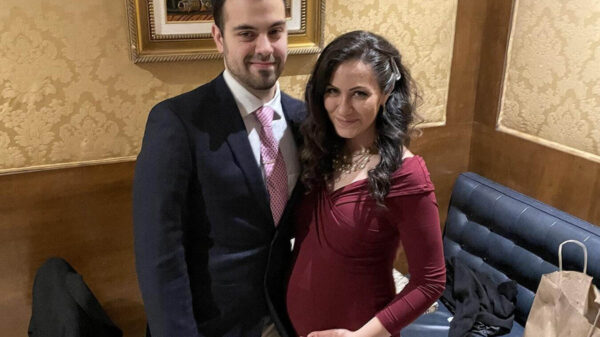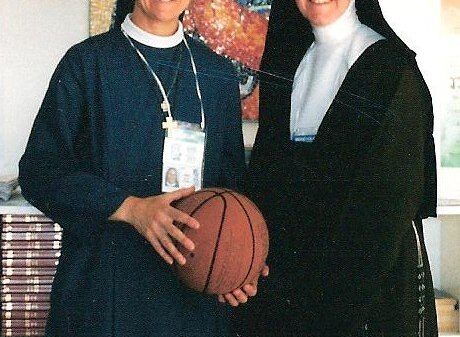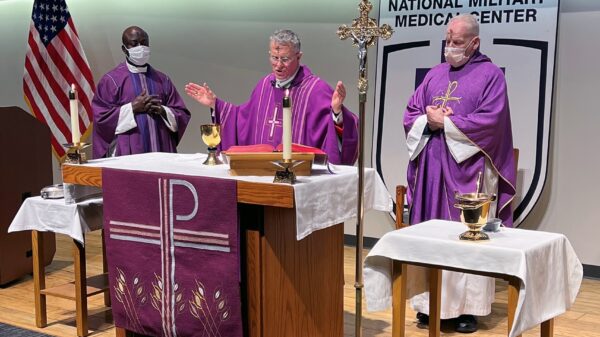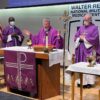(OSV News) — “Are we ready to accept that Christ is the head of the body, and that the body can only function if each part relates to the head and to the other parts?” Cardinal Jean-Claude Hollerich, relator general of the synod, asked participants in the Synod on Synodality Oct. 13.
“Can the body of our church act in harmony,” he continued, “or are the parts twisting in all directions?”
Participants in the synod’s October meeting in Rome are exploring, among various topics, the “co-responsibility” of the church’s mission — shared among bishops, clergy and laity — and what it means for how this is lived out in the local church.
Referring to St. Paul’s teaching in Corinthians that compares the church’s members to the many parts of Christ’s one body, Cardinal Hollerich told the synod hall Oct. 13 that participants had to explore the relationship between “ordained ministry and other baptismal ministries,” noting the “other charisms, other vocations and other ministries” among the people of God.
The Synod on Synodality, formally known as the 16th Ordinary General Assembly of the Synod of Bishops, is a process Pope Francis began with worldwide consultation of the faithful in 2021 on the theme “For a Synodal Church: Communion, Participation, Mission.” The synod, which includes both laity and clergy as full voting members alongside bishops, involves two global meetings — the first Oct. 4-29, with the second in October 2024.
Existing and developing forms of co-responsibility for the church’s mission, including through diocesan synodal processes, are already making an impact on the life of local churches and ministries, according to U.S. experts and diocesan officials.
Michael Brough, executive partner at the Leadership Roundtable, a nonprofit organization of laity, religious and clergy promoting best practices and accountability for “co-responsible servant leadership” in the church, said he believed there have already been “practical changes” in the Catholic Church as a result of the two-year global synod process.
“I think it’s already been a success,” Brough said. “We’ve already had a global, a worldwide — right down to the parish level — reflection on how we can best journey together as a people of faith.”
Brough suggested the synod’s 2023 and 2024 meetings in Rome are stages in the process, “where they can model for us what a more synodal church looks like — and what some of those structures of co-responsibility might look like at for us at the parish level, the diocesan level and all the way to the Vatican.”
Co-responsibility, said Brough, also requires accountability and transparency.
“The synod process provides us with an opportunity to look at leadership in the church, authority in the church and the structures of decision-making,” he said. “Who is even at the decision-making table?”
“Pope Francis has encouraged us to go to the margins,” he said. “Pope Francis has encouraged us to look and see: Do our pastoral councils, finance councils and other advisory bodies represent the parish? Do they represent the church as a whole? Whose voices are not being heard?”
At a diocesan level, some bishops have begun their own synods or have continued to deepen synodal cultures in their local churches.
The Diocese of Dallas, led by Bishop Edward J. Burns, is reaping benefits from the diocesan synodal process it began in 2021 — the first diocesan synod since 1934 — which concludes in 2024.
“There is an untapped opportunity to engage and incorporate lay leadership in the future developments of our diocese in a way that will emphasize the unique gifts of many individuals and organizations present here in Dallas,” said Lacy de la Garza, chair of the synod preparatory commission, and director of parish and community relations for Catholic Charities Dallas.
Bishop Burns — noting the ravages of the COVID-19 pandemic — presented a diocesan pastoral plan in February 2021 that called for a diocesan synod. Bishop Burns wrote, “I believe a local synod is the best way for this local church to develop the means to respond to the needs of the faithful in this increasingly challenging world.”
“There is a strong turnout and engagement,” de la Garza told OSV News. “We’ve collected over 2,000 pages of data. Main concerns mirror what you might expect: concerns about youth leaving the faith, how can we support marriages and families, how can we support priests and increase vocations to the priesthood, and how can we help people learn their faith.”
Outreach includes newsletters, videos, parish resources and a synod radio show.
“Communication about big and important ideas needs to happen in a variety of ways,” de la Garza noted, “because people process information differently, so we have diversified how we are communicating about this effort in order to reach as many people as possible.”
The Diocese originally planned 15 listening sessions. That number expanded to 30.
“The expansion was born out of an effort to maximize inclusion of experiences across our diocese,” de la Garza explained. “In particular, eight of these sessions were specially held at each of our Catholic high schools. Students were moved by their participation in this process, and we were moved by their answers.”
Diverse topics have risen that may lead to a future focus on the structure of the diocesan chancery, catechesis and evangelization, support of marriage and families, supporting of priests and increasing vocations.
“The discussions and experiences shared in our listening sessions show that our diocese is unified in seeing similar concerns,” said de la Garza. “The co-responsibility of needing to work together to address those concerns will become more apparent as we begin designing solutions, and incorporating elements of the discussions and suggestions that have been brought forward so far.”
While the Diocese of San Diego’s shepherd, Cardinal Robert W. McElroy, is participating in dialogues at the synod in Rome, his diocese is holding its own synodal dialogue sessions at parishes and schools, building upon earlier outreach.
“The Holy Father, for the universal church, and our cardinal, for our particular church here in San Diego, really don’t have the answers by design,” said Robert Ehnow, director of the diocese’s Office for Life, Peace and Justice, who serves as synod coordinator.
“In other words, if we’re true and we maintain our integrity about listening to the faithful and engaging the faithful … we have to rely on what we’re learning, and we also have to rely on the Holy Spirit to continue to guide us as we discern this process,” Ehnow told OSV News. “We’re using the process for continual discovery.”
Ehnow said the diocese did what Pope Francis had asked for the Synod on Synodality by holding “a series of listening sessions that involved, in our case, about 11,000 people in about 100 different sites.”
The diocese also developed and administered a survey to collect additional information.
Parish reports are submitted in November, and the Diocese of San Diego expects to present its findings to the community in January 2024.
Before leaving for Rome, Cardinal McElroy met with his diocesan pastoral council, synod commission and two auxiliary bishops. The 35 participants sat in a circle and talked for three hours.
Ehnow said that everybody knows, with respect to “co-responsibility,” that Cardinal McElroy is the head, and “everybody pays due respect to that.” But also in the diocese, the chancellor is a laywoman, Maria Olivia Galván, and deacons, he added, play an important role.
“Sitting in a circle and having a consultation … to hear our voices, to hear the different voices, that’s collaboration,” Ehnow said. “To a certain extent, that’s co-responsibility in itself.”
The synod’s discussion on co-responsibility is providing the context for the next phase outlined in its working document that explores “participation, governance and authority” and discerns what concrete “processes, structures and institutions” the church will need for the sake of its mission.
“What I think the Holy Father is trying to do is model a way of thinking about the issues the church faces, and model a way of trying to find answers for where God’s calling us moving forward — which is having a diversity of voices involved in the conversation,” said Matt Manion, the David Grenon Family Faculty Director at Villanova University’s Center for Church Management.
“If we’re only listening to a couple of voices that look and sound alike,” Manion said, “we could be missing out on what God’s trying to tell us.”
“If that attitude — and that approach to being church and planning for the church — can be replicated throughout dioceses and parishes, throughout the globe,” he said, “then that will lead to different strategies, different approaches, different ways of carrying forth the mission of the church.”
Kimberley Heatherington writes for OSV News from Virginia.


